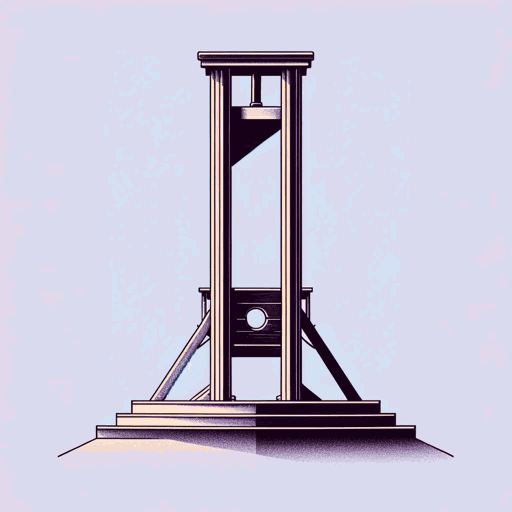73 pages • 2 hours read
Albert CamusThe Stranger
Fiction | Novel | Adult | Published in 1942A modern alternative to SparkNotes and CliffsNotes, SuperSummary offers high-quality Study Guides with detailed chapter summaries and analysis of major themes, characters, and more. For select classroom titles, we also provide Teaching Guides with discussion and quiz questions to prompt student engagement.
Symbols & Motifs
The Weather
The weather in Algiers is a constant source of annoyance for Meursault. The hot, oppressive sun makes itself felt in almost every scene, as the characters sweat and fan themselves to alleviate the stifling heat. The use of weather to reflect characters’ emotions is a literary technique called pathetic fallacy. Pathetic fallacy occurs when a character’s environment reflects their inner emotional state, and the hot weather representing the Meursault’s anxiety is an example of this technique in action. Through the use of pathetic fallacy, the uncomfortable weather symbolizes Meursault’s perpetual discomfort, a feeling of annoyance and anxiety he cannot escape. Throughout most of the story, he lacks the self-awareness needed to describe his feelings of apathy or detachment, but he is certain that something is not quite right with the universe. Meursault dives into the sea to escape the sun, but he lacks an equivalent symbolic escape from his sense of dread and anxiety.
The weather also motivates Meursault’s actions and contributes to some of his worst behavior. At his mother’s funeral, he is focused more on his sweat than his dead parent. He cannot look past his physical condition to act in accordance with convention. The hot weather symbolizes the disconnect between Meursault’s actions and the expectations imposed on him by society.
Related Titles
By Albert Camus








